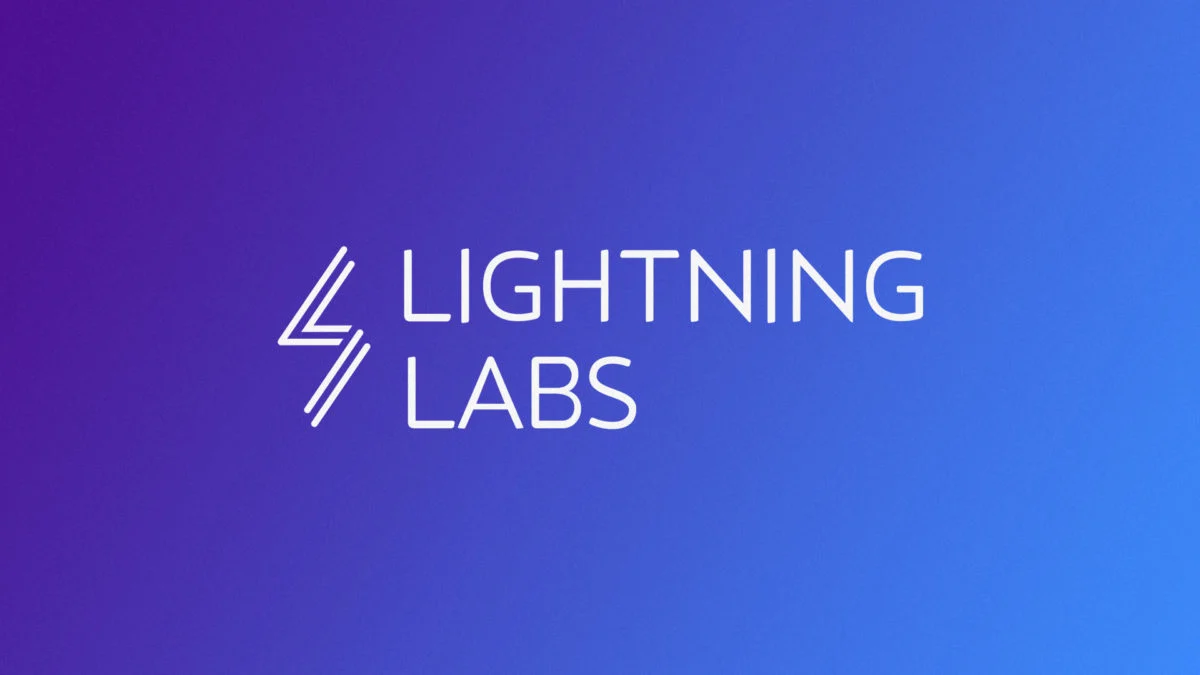Key Points:
- Bitcoin users can now solve the bottleneck by minting new assets on the blockchain following the Lightning Labs’ invite update.
- Taproot Assets, as it has been called, would enable users to create assets such as stablecoins on the Bitcoin network.
- The upgrade is already live on a test network, with main network support coming shortly.
After the introduction of an upgraded version of Lightning Labs’ newly renamed Taproot Assets Protocol, Bitcoin users now have a potentially more efficient means to mint new assets on the blockchain.

Tari Labs, a blockchain software development startup, filed a contested trademark infringement lawsuit in December.
The complaint resulted in an injunction that barred the project from moving forward. Nevertheless, with the renaming, Lightning Labs has restarted development on the core software for implementing the Taproot Assets protocol, which will enable users to create assets such as stablecoins on the Bitcoin network.
Lighting Network infrastructure provider Lighting Labs attacked the existing techniques for inscribing assets on the Bitcoin blockchain in a May 16 blog post, calling them inefficient and pointing to burdensome protocols that record asset information directly into block space.
The Taproot Assets Protocol is intended to function entirely off-chain in order to avoid the network congestion that has been an undesirable feature of the Bitcoin network with the March 8 introduction of the BRC-20 token standard by anonymous developer “Domo.”
Taproot Assets is presently accessible on a test network, with main network support expected soon.
Domo previously said that the Taproot Assets Protocol is a significantly superior option for minting new assets on Bitcoin than current techniques such as JavaScript Object Notation (JSON) since it enables users to simply move to the Lightning network for”fast and inexpensive transactions.

To install token contracts, manufacture tokens, and transfer them, the vast majority of BRC-20 tokens generated so far use Ordinal inscriptions of JSON data.
This strategy has sparked extensive criticism from developers, who say it costs four times as much in transaction fees as using binary alone.
The Taproot Assets Protocol is a rebranded version of the “Taro” protocol. Lightning Labs was compelled to modify the name of its software after a frivolous trademark infringement complaint was brought against them on December 8, last year, by blockchain development startup Tari Labs.
According to Lightning Labs, the company’s next step will be to submit finalized protocol specifications to the Bitcoin community via Bitcoin improvement proposals (BIPs) and Bitcoin Lightning improvement proposals (bLIPs), with the ultimate goal of enabling Bitcoin-based asset transfers over the Lightning Network.
DISCLAIMER: The information on this website is provided as general market commentary and does not constitute investment advice. We encourage you to do your own research before investing.
Join us to keep track of news: https://linktr.ee/coincu
Harold
Coincu News























